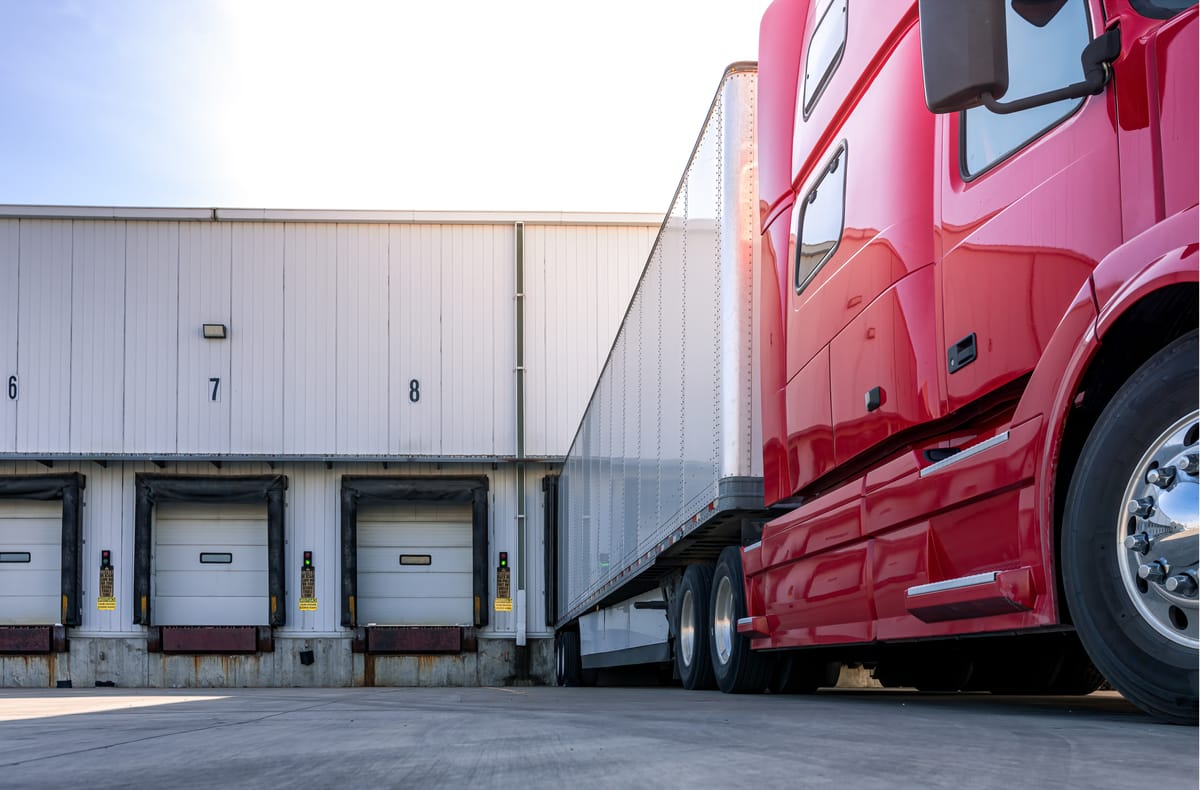What sustains success through market cycles
Jeff Hickson gives his predictions on the market and gives tips on navigating a down cycle

A version of this story first appeared in The Inside Lane newsletter. To get it in your inbox twice a week, sign up for free, here.
By Shefali Kapadia | The Inside Lane
Freight rates may remain low for a while, but successful carriers know that business isn't made only by chasing dollars. We spoke to Jeff Hickson, manager of capacity at 3PL RJ Logistics, for his predictions on the market and how to navigate through a down cycle.
Since the initial announcement of tariffs, how have trucking carriers and freight movements been affected?
The initial uncertainty around tariffs led to a surge in cross-border shipments as companies rushed to move goods, driving up rates due to limited capacity. Once tariffs took effect, volumes dropped sharply, forcing carriers to reposition equipment and seek alternative freight. Similar declines are expected at ports like Long Beach, with projected volume drops of 20–30% in 2025. Businesses built around drayage, port and cross-border freight now face closures. As capacity shrinks and infrastructure is lost, future volume rebounds will likely trigger rate spikes due to insufficient truck supply.
What are some of the ways you're working with carrier partners to navigate the current trade environment?
Our business model is built on long-term partnerships with both customers and carriers. We prioritize funneling volume to strategic carrier partners, especially in the service-focused customer verticals we support. Strong carrier relationships are essential to delivering the high service levels our customers expect. Because customers see the value in our service and understand it depends on quality carriers, they’re motivated to help keep those carriers moving. By aligning customer and carrier interests, we’re investing in our ability to provide reliable service in the future.
What do you expect will happen to the freight market this year? How might volumes and/or rates change?
We expect shipment volumes to decline year-over-year through 2025. A brief pre-tariff surge was followed by ongoing softness. Since 2023, over 90,000 trucking companies and 5,000 brokers have left the industry, yet capacity still exceeds demand. This imbalance will likely persist, driving more exits and keeping rates low as companies compete for limited freight. When volumes rebound, and they will, rates are expected to spike as carriers and brokers try to recover losses, creating renewed pressure on shippers and manufacturers and extending the market volatility that began during the COVID era.
What's your No. 1 piece of advice to trucking carriers, especially small businesses, to keep operations flowing and cost-effective in today's landscape?
Don’t just chase dollars, build partnerships where both sides deliver value and rely on each other for long-term success. Large carriers may have sales teams to secure freight, but smaller carriers often can’t, as they focus on operations. These carriers should align with brokers who value relationships, offer consistent volume in key lanes and prioritize stability. In soft markets, we pay trusted partners more because we know they won’t abandon us when capacity tightens. Strong partnerships, not short-term gains, are what sustain success through market cycles.

Thanks for reading The Inside Lane! You can reach the newsletter team at editor@theinsidelane.co. We enjoy hearing from you.
Would you like to be featured in an upcoming edition? Shoot us an email.
Interested in advertising? Email us at newslettersales@mvfglobal.com
The Inside Lane is curated and written by Shefali Kapadia and edited by Bianca Prieto.





Comments ()